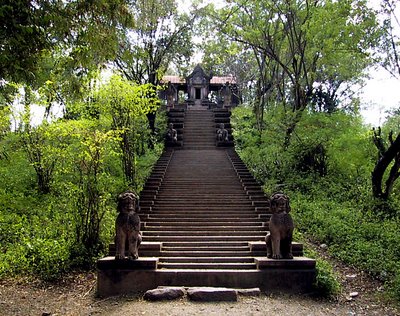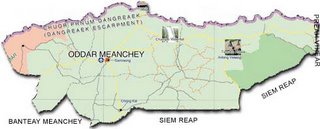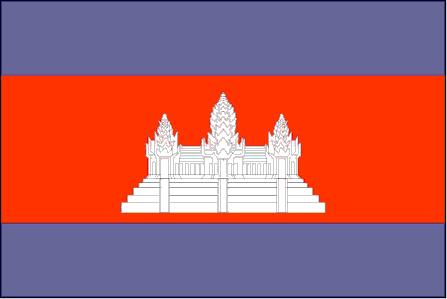Public Holidays
- 01 January International New Year's Day
- 07 January Victory Day 07 January
- 08 March International's Women's Day
- 13/14/15 April Camdodian New Year- Bonn Chaul Chhnam
- 01 May International Labour Day
- 17 May Bonn Visaka Bochea - Birthday of Buddha
- 21 May Royal Ploughing Ceremony - Bonn Chroat Preah Nangkoal
- 01 June International Children's day
- 24 september Constitution Day
- 27/28/29 September Bonn Pchum Ben
- 23 October Paris Peace Agreement on Cambodia
- 09 November Independence Day
- 10/11/12 November Water and Moon Festival
- 10 December United Nation Human Right's Day











